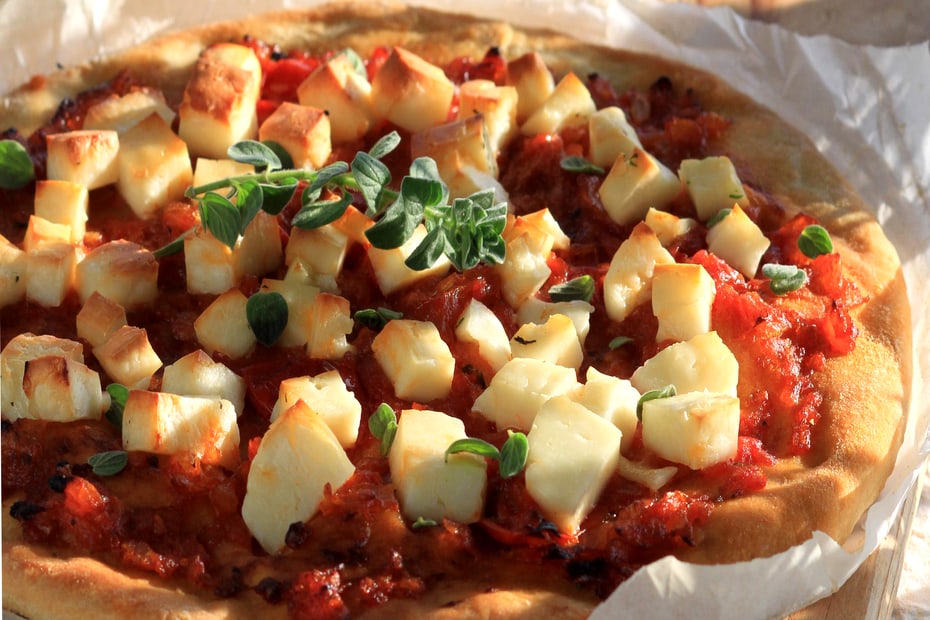"Best By" Sale!
The fava has a “best by” date of 8/1/24. They are perfectly fine, but we are offering them for 50% off. A “best by” date indicates when a product will be of best flavor or quality. It is not a purchase or safety date and is assigned somewhat arbitrarily by the food regulators based on general categories.
Yellow split peas are known as "fava" in Greece (not be confused with fava beans), and Santorini produces some of the best in the world. Santorini Fava has “Protected Designation of Origin” (PDO) status and comes from the plant “Lathyrus Clymenum L.” which has been grown exclusively in Santorini for more than 3,500 years.
The cultivation and production of Santorini fava has not changed much in all that time. Seeds are still sown by plowing and then milled the old-fashioned way. Once harvested, the peas are dried and aged under the sun, which results in their light yellow color, velvety texture and slightly sweet taste.
Split peas are a pulse like lentils, and they are immensely nutritious. Split peas are an excellent source of plant-based protein, complex carbohydrates and fiber. Their low glycemic index makes them a diabetes-friendly food, and they are also a good source of many nutrients including iron, calcium, phosphorus, manganese, choline, folate, and other B vitamins.
For serving suggestions, see "Recipe Ideas" below.
Recipe Ideas
Fava can be cooked in much the same way as lentils. Combine one cup fava with 1.5 cups water, bring to a boil, and simmer until the fava reaches the desired texture. It's typically cooked to a "mashed potato" consistency, but you can adjust the texture by varying the amount of cooking time and water. Fava makes a great side dish or even a main course when topped with Greek capers, onion, and a healthy drizzle of Greek olive oil.




